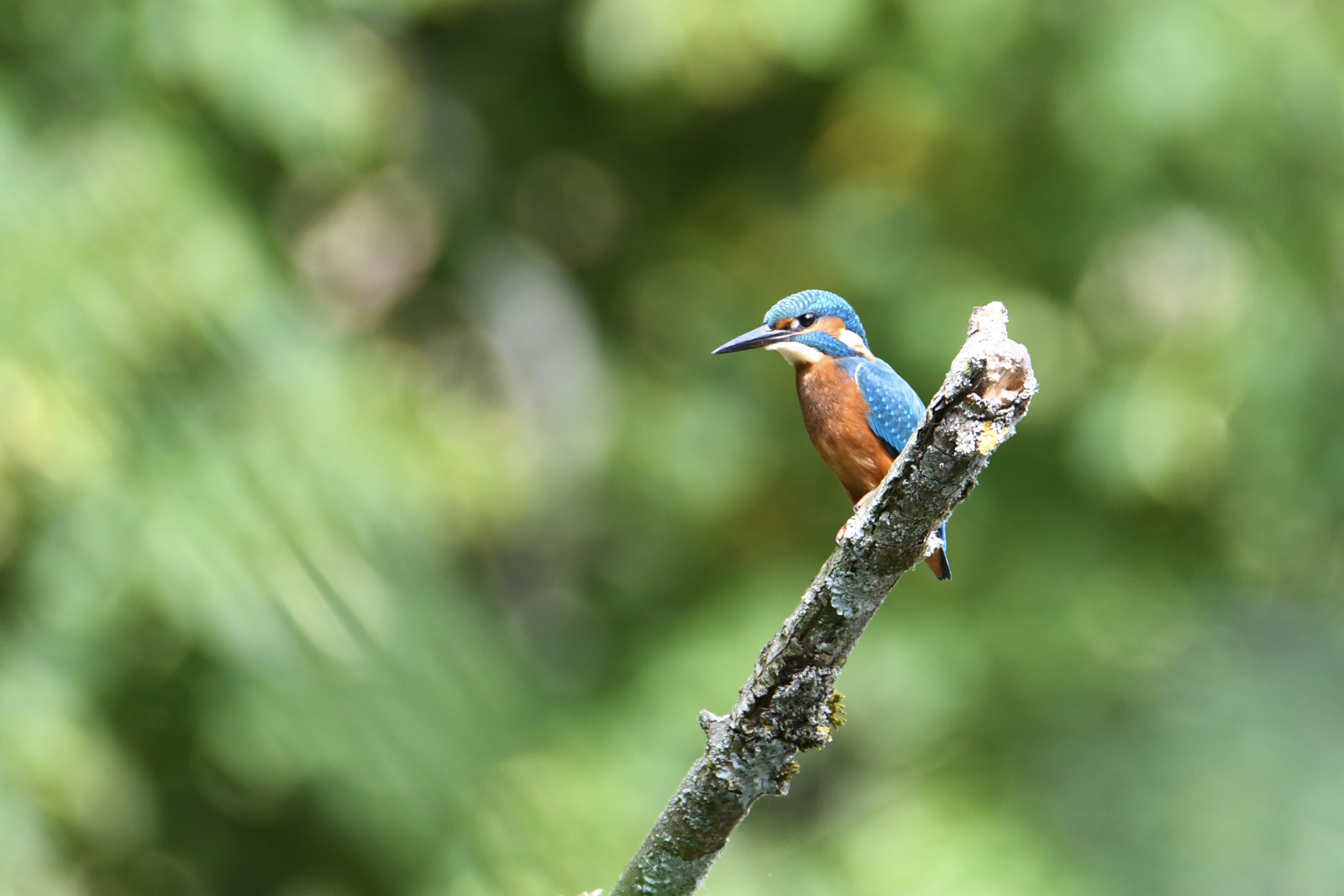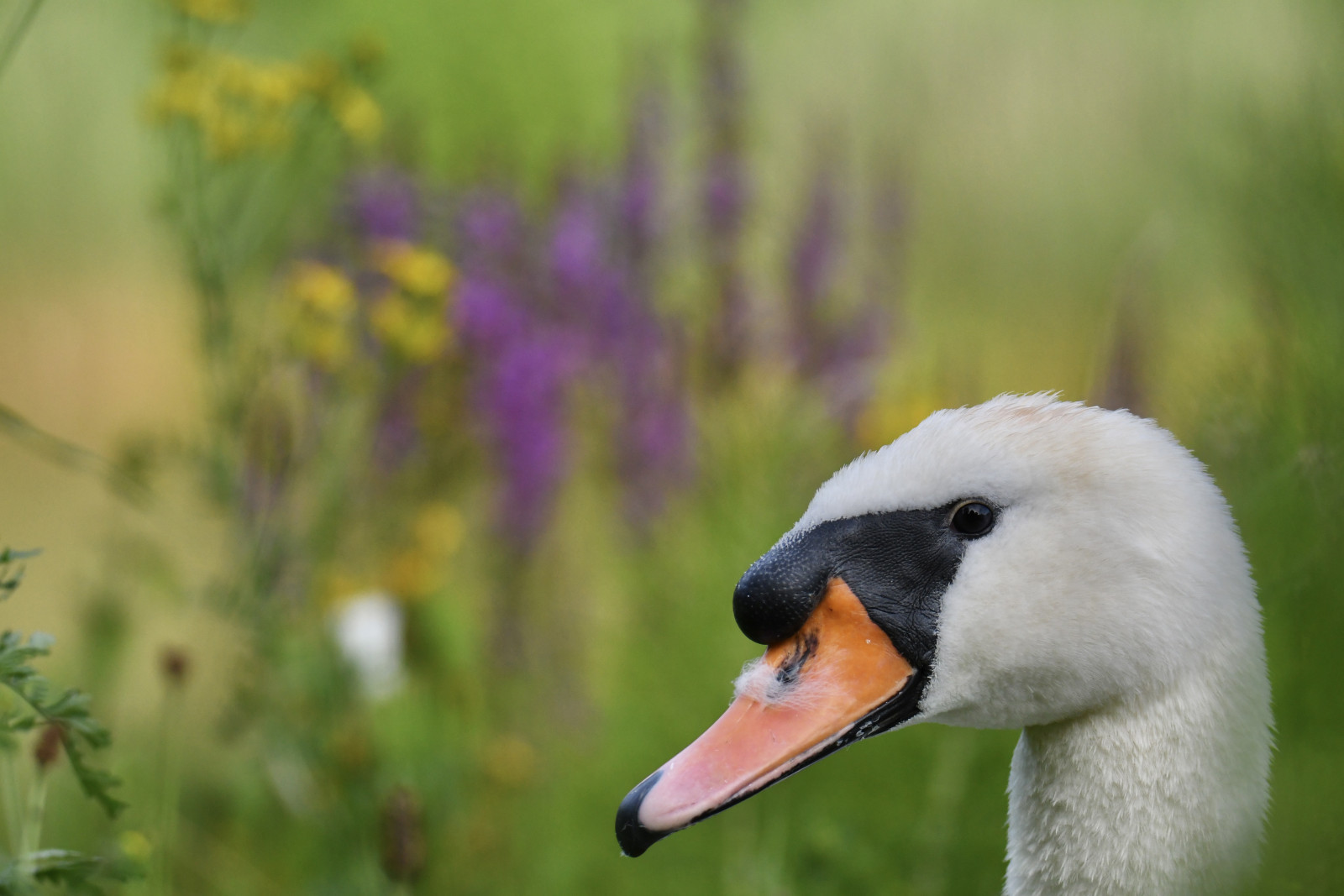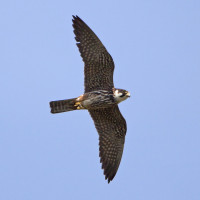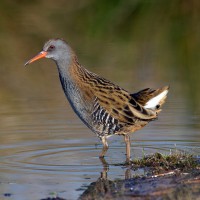Description
Domaine des Silex is an interesting birding area because it is located on the edge of the Soignes forest and has 2 ponds. This means that you can see a wide variety of birds (forest birds and water birds). You can see all the species of tits present in Brussels (Coal Tit, Crested Tit, Marsh Tit, Eurasian Blue Tit, Great Tit and Long-tailed Tit), all woodpecker species (Great Spotted Woodpecker, Lesser Spotted Woodpecker, Middle Spotted Woodpecker, Black Woodpecker and Eurasian Green Woodpecker), thrushes (Song Thrush, Redwing and Fieldfare), common garden and park birds (Wren, European Robin, Dunnock, Short-toed Treecreeper, Eurasian Nuthatch, Common Chaffinch, Greenfinch Goldcrest, Firecrest, Common Wood Pigeon, Stock Dove, Carrion Crow , Jackdaw, Eurasian Jay and Magpie), raptors (Common Buzzard, Sparrowhawk, Eurasian Goshawk, European Honey-buzzard, Peregrine Falcon and Eurasian Hobby) and lots of waterfowl (Mallard, Common Pochard, Tufted Duck, Eurasian Moorhen, Eurasian Coot, [ [Dodaars]], Great Crested Grebe, Gadwall, Mute Swan, Grey Heron, occasionally the Great Egret, Water Rail, ,Great Cormorant, and the Common Kingfisher!
_________________________
Français: Petite réserve Natura 2000 en bordure de Foret de Soignes avec 2 étangs, un grand et un petit(ce dernier est accessible que les samedis ou 1er dimanche du mois). Ce site est d'un grand intéret car il est en bordure de Foret de Soignes et comporte 2 étangs, ce qui fait que on peut y voir une grande variété d'oiseaux (oiseaux forestiers et oiseaux d'eau).
On peut voir ici toutes les éspèces de mésanges présentes sur Bruxelles ( Coal Tit, Crested Tit, Marsh Tit, Eurasian Blue Tit, Great Tit et Long-tailed Tit), toutes les éspèces de pics présentes sur Bruxelles ( Great Spotted Woodpecker, Lesser Spotted Woodpecker, Middle Spotted Woodpecker, Black Woodpecker et Eurasian Green Woodpecker), des grives ( Song Thrush, Redwing et Fieldfare), les oiseaux communs des jardins et parcs ( Wren, European Robin, Dunnock, Short-toed Treecreeper, Eurasian Nuthatch, Common Chaffinch, Greenfinch Goldcrest, Firecrest, Common Wood Pigeon, Stock Dove, Carrion Crow, Jackdaw, Eurasian Jay et Magpie), des rapaces ( Common Buzzard, Sparrowhawk, Eurasian Goshawk, European Honey-buzzard, Peregrine Falcon et Eurasian Hobby) et plein d'oiseaux d'eau ( Mallard, Common Pochard, Tufted Duck, Eurasian Moorhen, Eurasian Coot, Little Grebe, Great Crested Grebe, Gadwall, Mute Swan, Grey Heron, occasionellement la Great Egret, Water Rail, Black-headed Gull,Great Cormorant, et le Common Kingfisher !
Details
Access
The site is accessible by tram line 8 or bus line 17. A car park can be found on the square opposite the Chemin des Flints, by which you access the site. You can also reach the area by bike but not enter the site with the bike. Bicycle parking is available at the entrance.
_________________________
Français: Le site est accessible avec la ligne 8 de tram ou 17 de bus, et en voiture des places peuvent etre trouvées sur la place en face du chemin des silex, par lequelle vous accedez au site. Vous pouvez y acceder à vélo mais pas rentrer dans le site avec le vélo; un parking a vélo est disponible a l'entrée.
Terrain and Habitat
Forest , Wetland , Grassland , Scattered trees and bushes , ReedbedsConditions
FlatCircular trail
YesIs a telescope useful?
YesGood birding season
All year roundBest time to visit
SpringRoute
Wide pathDifficulty walking trail
EasyAccessible by
FootBirdwatching hide / platform
NoExtra info
In addition to all the species mentioned above, other species can be observed on the site depending on the season. In winter, the presence on the pond of Common Teal, Water Rail, and the Northern Shoveler can be noted. On the site you will most certainly be able to see the Eurasian Siskin, with luck Brambling, and with a lot of luck Lesser Redpoll. Stopping on the site during migration you can see in particular Common Sandpiper and Green Sandpiper, Garden Warbler, Ring Ouzel, European Stonechat, Pied Flycatcher ( not very frequent), Black Redstart, Cetti's Warbler (an individual has been present on the site since October 2021), the Sedge Warbler and the Common Redstart.
And finally, in summer you can see Common Swift, many House Martin, Barn Swallow, European Honey-buzzard, Eurasian Hobby, Willow Warbler, Common Chiffchaff, Reed Warbler, and occasionally the Marsh Warbler as well as the Spotted Flycatcher. On migration, you can see above your head the Western Yellow Wagtail, Meadow Pipit, Wood Lark, Eurasian Skylark, Redwing, Fieldfare and Common Starling (these last 3 can also be seen on the site). Note that during the whole year you can observe with a little luck Eurasian Bullfinch and Hawfinch, as well as Greenfinch. In flight and occasionally landed on the site you can see European Goldfinch and Common Crossbill, but for these 2 you need a good eye!
_________________________
Français: En plus de toutes les éspèces mentionés précèdemment, on peut observer sur le site d'autres éspèces en dépendant de la saison. En hiver, on peut noter la présence sur l'étang de la Common Teal, le Water Rail, et le Northern Shoveler. Sur le site on pourra voir très certainement le Eurasian Siskin, avec de la chance le Brambling, et avec un gros coup de bol le Lesser Redpoll. En halte sur le site on peut voir nottament le Common Sandpiper et le Green Sandpiper, la Garden Warbler, le Ring Ouzel, le European Stonechat, le Pied Flycatcher( pas très fréquent),le Black Redstart , la Cetti's Warbler (meme si un individus est présent a ce jour sur le site depuis octobre 2021!), la Sedge Warbler et le Common Redstart.
Et pour finir, en été on pourra voir le Common Swift, de nombreuses House Martin,l' Barn Swallow, la European Honey-buzzard, le Eurasian Hobby, le Willow Warbler, le Common Chiffchaff, la très characteristique du site Reed Warbler, et occasionellement la Marsh Warbler ainsi que le Spotted Flycatcher. En migration, on saura voir au dessus de nos tetes la Western Yellow Wagtail, le Meadow Pipit, l' Wood Lark, l' Eurasian Skylark, la Redwing, la Fieldfare et l' Common Starling (ces 3 derniers peuvent aussi etre observés sur le site). A noter que pendant toute l'année on pourra observer avec un peu de chance le Eurasian Bullfinch et le Hawfinch, ainsi que le Greenfinch. En vol et occasionellement posés sur le site on pourra voir le European Goldfinch et le Common Crossbill, mais pour ces 2 là vous avez interet a avoir une bone ouille !



